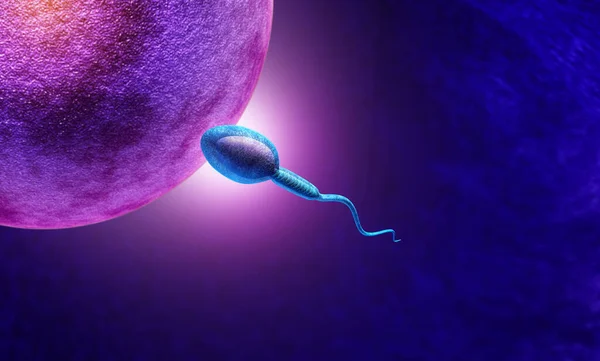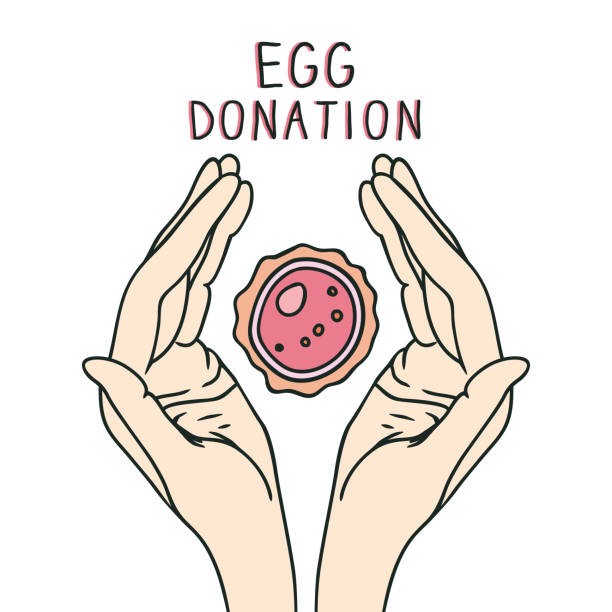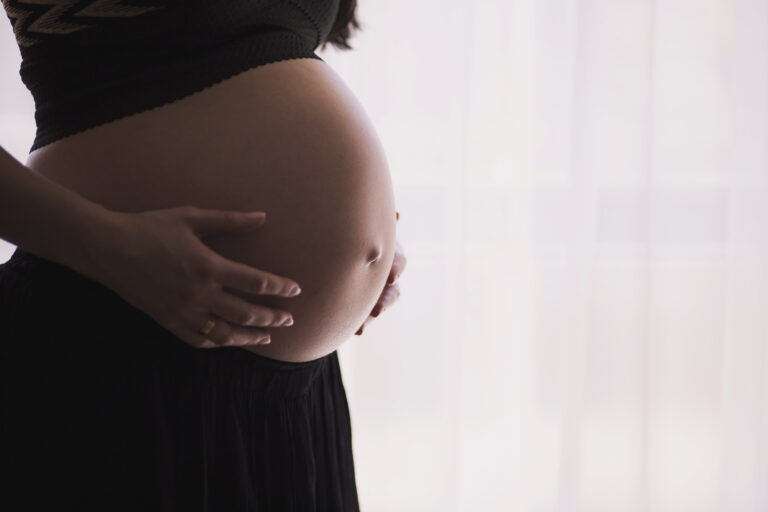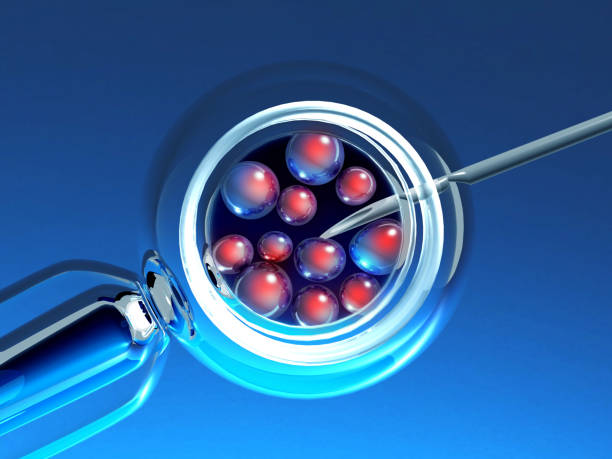Who Is a Good Candidate for ZIFT Reproductive Technology?
Zygote intrafallopian transfer (ZIFT) Reproductive Technology was first used in 1986 to help those who are infertile conceive a child. This assisted reproductive technology (ART) is a hybrid technique that combines the processes of In vitro fertilization (IVF) and gamete intrafallopian transfer (GIFT). Although the procedure has a relatively high success rate (almost similar to that of IVF), the high cost of the procedure and its invasive nature make it less likely to be recommended or chosen by health practitioners and patients alike. This led to low rates. For instance, only about 260 babies are born through ZIFT in the United States yearly.
Middle Eastern countries with cheaper options offer medical tourism options for qualifying patients to use. Medical travel agencies also have packages for patients in this situation. Some patients prefer ZIFT, considering it more natural because the fertilized oocyte, the zygote, is placed in the woman’s body for implantation much sooner than with IVF. This begs the question “Who Is a Good Candidate for ZIFT Reproductive Technology?”

How is ZIFT performed?
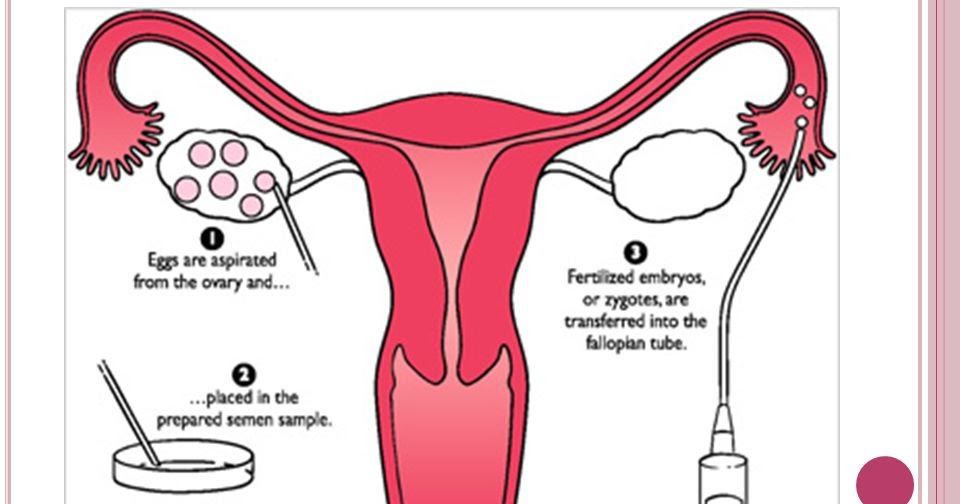
Assisted reproductive technology (ART) related treatments, monitoring and the overall process can be emotionally and physically demanding. The procedure takes between four and six weeks for it to finish. The first step is superovulation with hormones. A pre-treatment blood test is required. In addition, regular testing is necessary as the process progresses. Fertility medications such as Clomid are administered to stimulate the ovaries to produce several mature eggs (ova). The amount of follicle-stimulating hormone (FSH) and luteinizing hormone (LH) will be increased following Clomid. These two hormones are required for oocyte maturation. In cases where the Clomid administration is not enough to stimulate oocyte maturation, intravenous FSH and LH are used to supplement the oral clomid for a more aggressive therapy.
Once several mature ova have been produced following hormonal therapy, a non-invasive procedure called transvaginal oocyte retrieval is used to extract the egg. This technique is also used during IVF and GIFT. Transvaginal oocyte retrieval is an ultrasound-guided process. A thin needle is inserted through the vaginal wall and enters the ovaries to extract several mature ova. Then, sperm is collected from the male shortly before implantation.
The sperm and oocytes are prepared for fertilization in a petri dish. This can occur manually through a procedure called intracytoplasmic sperm injection (ICSI) or naturally. ICSI is a good procedure to use in conjunction with ZIFT in cases of male fertility problems such as low sperm motility, misshapen sperm cells or low viable sperm cells. The sperm is injected directly into the egg in the petri dish to increase the chances of fertilization during this process. There are conflicting studies regarding the role of ICSI in children with genetic defects although no concrete establishments have been made.
The fertilized oocyte(s) are then monitored for a twenty-four-hour period for cell division to begin. The zygote is then implanted into the fallopian tube. This process differs from IVF, where the fertilized egg is allowed to divide into eight cells before implanting into the uterus. Depending on the location of the developing embryo, the site of implantation varies and thus models the path that the developing embryo would follow after natural conception.
One to four zygotes are placed in the fallopian tubes through a surgical technique called laparoscopy. This is an invasive procedure and requires a small abdominal incision unlike IVF, where insertion is through the cervix. The zygote then travels down the fallopian tube where it is expected to implant in the uterine wall. There is approximately a 32–36% chance that the fertilized egg will implant in the uterine wall and result in pregnancy in healthy young women. The number of zygotes placed is dependent on the age, patient preference and other factors like medical history. Older women require more zygote implantation than younger ones.
What are the Risks and Demerits Associated with ZIFT
As with other laparoscopic procedures, there is a risk of post-operative complications. These include:
- Infection: A post-surgical infection may occur due to a lack of asepsis during the surgical and post-surgical management. This could result in slower wound healing and longer hospitalization. The infection can spread to the uterus, bladder, or abdominal incision.
- Bleeding: Depending on the surgeons’ experience, the chances of post-operative bleeding in the uterus are present. This is mainly due to trauma or improper surgical closure.
- Ectopic pregnancy: The fertilized egg implants anywhere other than inside the uterus.
- Possible injury to nearby organs: Trauma to the bladder, bowel, ureter, uterus, fallopian tube, ovary, blood vessels and nerves have occurred following this surgery.
- Deep vein thrombosis: Blood clots in the legs or lungs can occur after a laparoscopic procedure involving the uterus.
- Adhesions and scar tissue formation: Adhesions and scar tissue formation can happen as a result of the surgery.
- Cost: ZIFT is an expensive procedure and not easily affordable. However, this may be lowered through the use of overseas medical treatment in countries with more affordable healthcare.
Who can use the ZIFT procedure?
Not every couple is eligible for ZIFT as an ART. The conditions that need to be met for ZIFT to be an option are:
- The potential mother must have at least one healthy fallopian tube for the zygote implantation to be successful.
- Couples who have failed to conceive after at least a year of trying five to six rounds of ovarian stimulation with intrauterine insemination frequently choose ZIFT.
- Low sperm count and sperm motility.
- Problems with ovulation and fertilization
Contraindications
Although ZIFT as an assisted reproductive procedure can be used to manage infertility problems, there are some exceptions. These include:
- Obstruction of the fallopian tube.
- Severe tubal injury.
- An anatomic condition of the uterus, such as severe intrauterine adhesions.
Conclusion
Zygote intrafallopian transfer (ZIFT) is a procedure that helps to circumvent different limitations to fertility among couples. This means that couples can be aided to have biological children. Potential applicants must be made aware of the risks and financial implications of the procedure. It is also advisable to discuss with the physician which procedure is the best for your age, health and medical condition.
The information provided in this blog is for educational purposes only and should not be considered as medical advice. It is not intended to replace professional medical consultation, diagnosis, or treatment. Always consult with a qualified healthcare provider before making any decisions regarding your health. Read more

